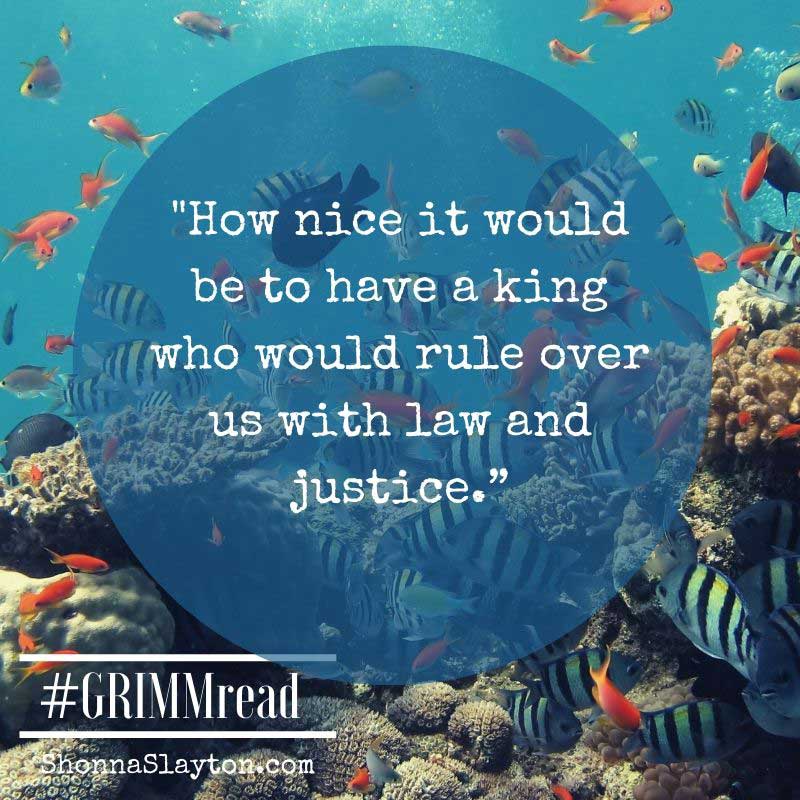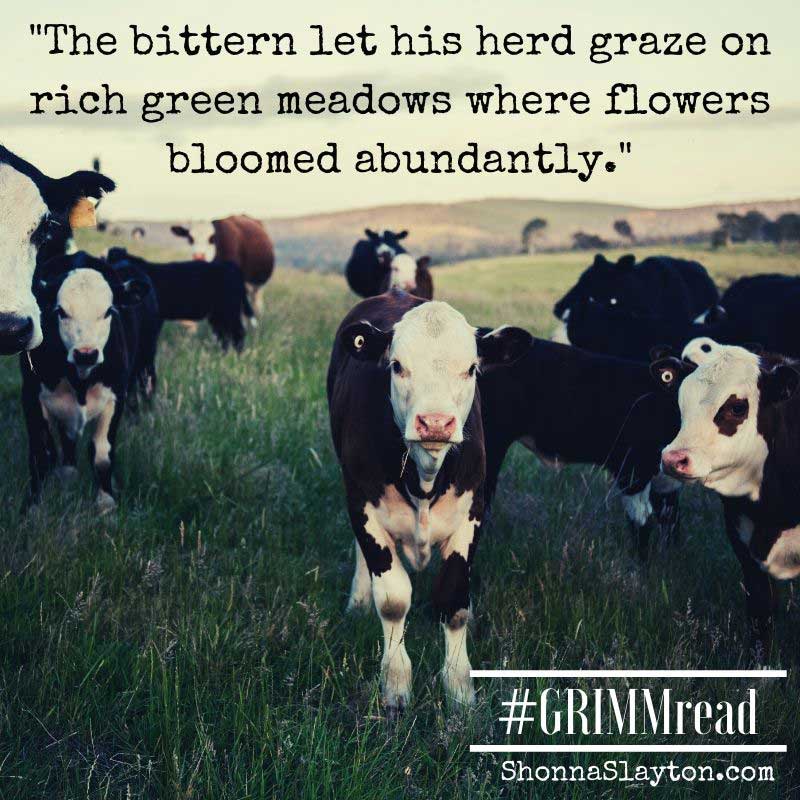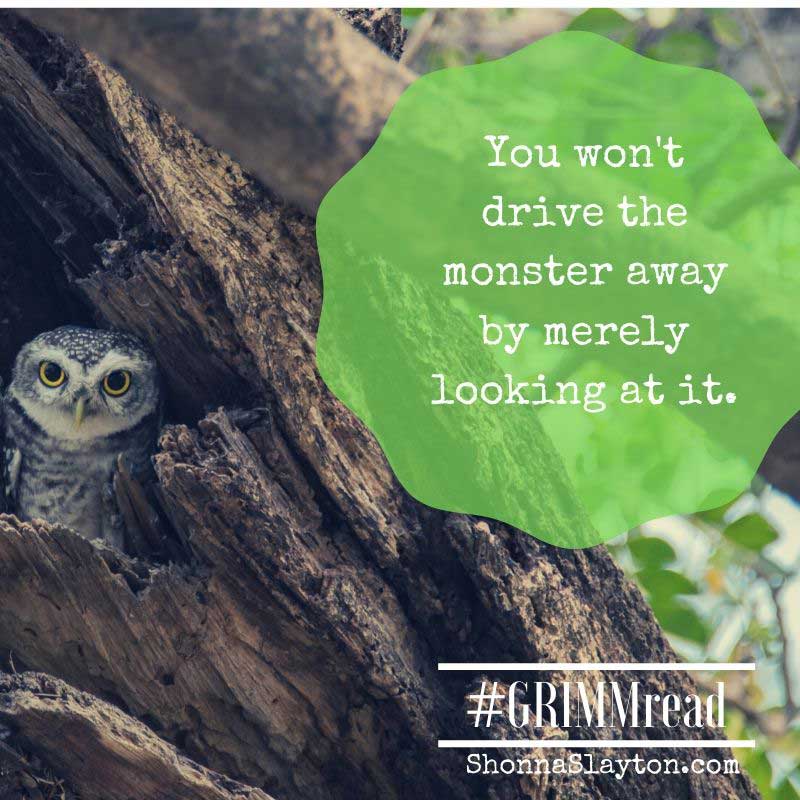Many of Grimm’s animal fairy tales are pourquoi tales (pourquoi is French for why). Pourquoi tales tell the origin story of how something in nature came to look or act the way it does.


In last week’s story, The Willow Wren, we have a story where the birds are trying to determine who will be their king. They have a flying contest to see who can fly the highest into the air. The eagle wins…until a little bird who has hidden in its wing takes off from there, fresh and unwinded to fly higher, eventually leading to the punishment of an owl who was told to keep an eye on the tricky little bird.
This week, we had three pourquoi tales: The Sole (how the sole comes to speak out of one side of his mouth) The Bittern and the Hoopoe (how these birds-? found their voice) and The Moon (how the moon came to be hung in the sky).
(Aside: we could even count The Owl if we consider it the origin story for how we got the expression “burn it down” when we find something like a scorpion in our kitchen. “Burn it down. The whole house!”)
These are fun stories to look at when you’re working with writing students. There is something they like about coming up with wild ideas for how a thing came to be. The wilder the better, it seems.
At the same time, someone who is extremely logical might have trouble getting started with an idea, but once a plan is set in motion, it’s simply a matter of following the cascading dominoes.

Common characteristics of a pourquoi tale:
- Explains a natural element
- Told from “a long time ago” when things were different than today
- Starts off with a problem that ends with a solution creating the new normal (today’s normal)
- Is outrageous, yet follows a logical story path (action/reaction sequences)
- Often shows power struggles / competing groups






